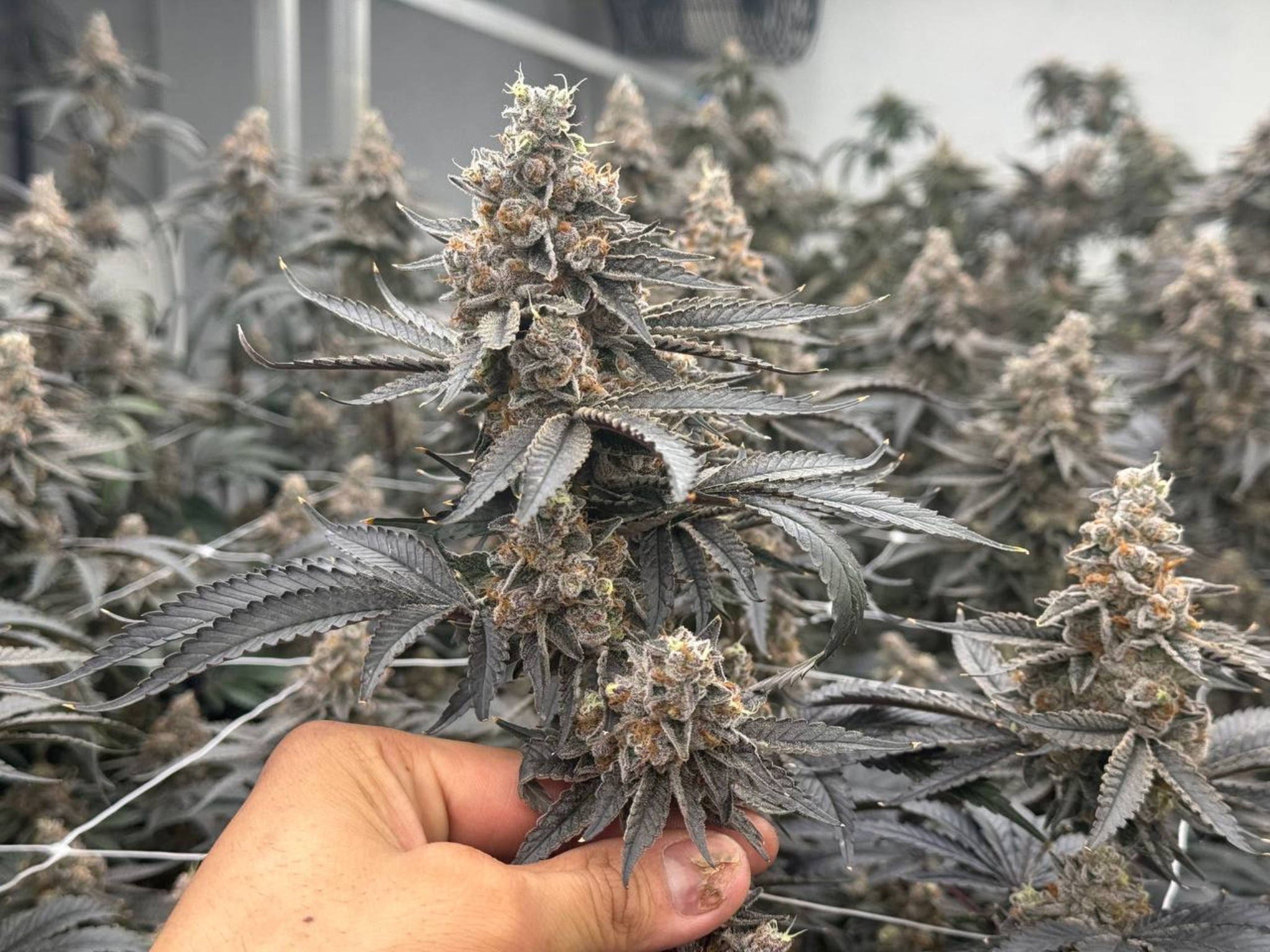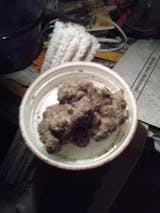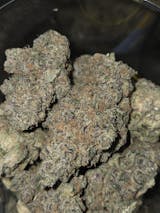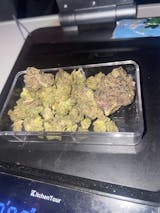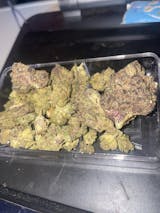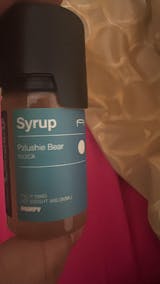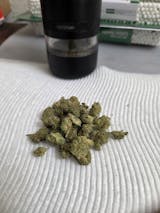Very Very Nice Mellow High...If you like that feeling when you enter a tunnel and your ear pressure just HITs ...That's what SupeR BOof is....The taste to me wasa lilon the tart side.....Kinda taste like plain Oatmeal with no FLAvor ...a lillike CLay.....But the high ....it's worth it....just a fair warning it's Hard on the eyes ....like behind your eye this Mary Jane has that Classic Feel with that eyes Sunkin in Feeling....It's SUPeR BOof!!?!
It was very good, I think you guys should have more mixed bud ounces I really like that there where a bunch of different buds and it also smelled great Great price too. It made a great birthday gift for myself! Thank you puffy
